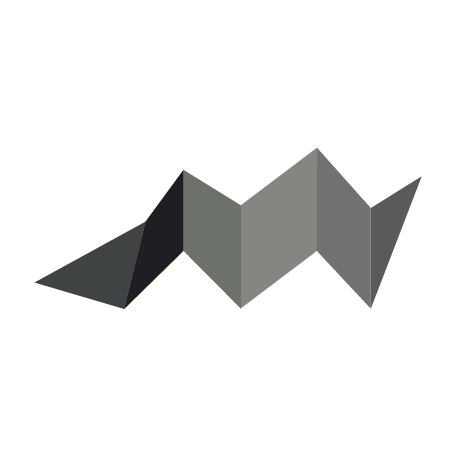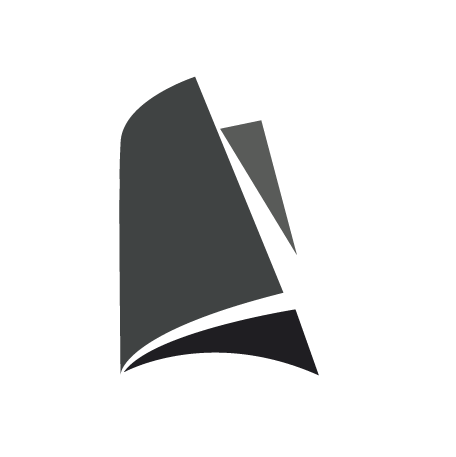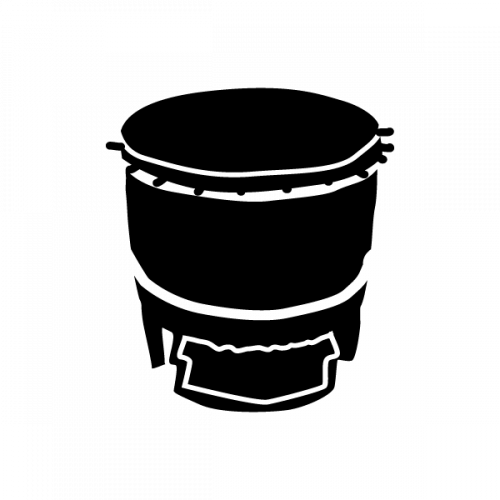
The Aztec Calendar and other solar monuments
In their respective texts, Matos and Solís present the possibilities of an explanation that is never definitive on the subject, based on the study of pre-Hispanic and colonial documentary sources, as wells as the interpretation of sculpture, bas-reliefs, ornaments and other objects. Far removed from any fantasy, this double perception is based on an unshakeable textual and material central theme: the relationship between the sun god and the practice of human sacrifice -a link that is reiterated in chronicles, codices and archeological monuments. The overwhelming evidence of the iconography of the sculped stones found both within and beyond the Aztec territories (calendar signs, eagles and tigers, warriors, emblems such as the atltlachinolli or “burnt water”), confirm that the sacred mission of sustaining the sun spread over a vast geographical area. The reader will encounter surprises, such as the hypothesis about the Maya origin of solar paraphernalia (until very recently attributed to the Toltec of the Central Highlands) or the abundance of sun discs (a sacred emblem with Huitzilopochtli and Xiuhtecuhtli depicted in relief) in the most unexpected places. With strict attention to detail. Felipe Solís and Eduardo Matos make a scholarly review of a number of monuments containing signs allusive to sun worship, both inside and outside of the sacred center in Tenochtitlan: large-scale stone sculptures, pictographs in codices and funerary pottery, or bas-reliefs on bone found in different offerings. Supported by numerous illustrations of the archeological objects mentioned throughout the text, the authors describe the formal attributes that enable identification of such gods as Huitzilopchtli. Tonatiuh, Tezcatlipoca, or Quetzalcóatl, Xipe, Tlaltecuhtli in their solar manifestations. Hypothetically, the horizon now includes Tláloc, the possible cosmic father of Huitzilopochtli -which would explain his altar atop the Templo Mayor in Tenochtitlan. Furthermore, Matos and Solís carefully explain the relationship between the available iconography and the different myths that describe the daily battle between nigh and the sun.


 Desarrollo regional en la Sierra Norte de Puebla durante la época prehispánica
Desarrollo regional en la Sierra Norte de Puebla durante la época prehispánica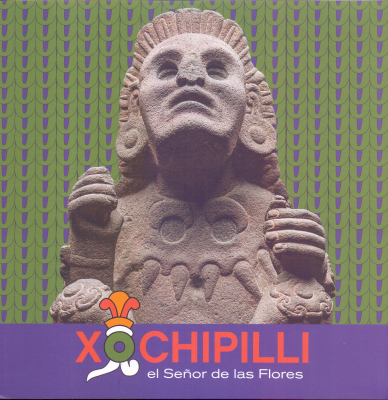 Xochipilli
Xochipilli El Panteón Francés de la Piedad
El Panteón Francés de la Piedad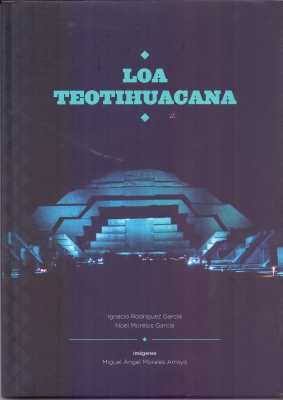 Loa Teotihuacana
Loa Teotihuacana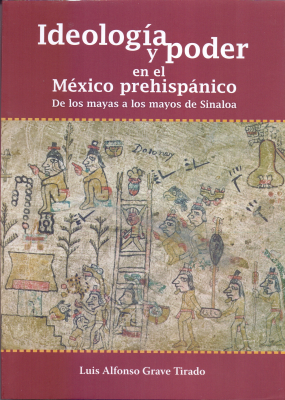 Ideología y poder en el México prehispánico
Ideología y poder en el México prehispánico El juego de pelota de Tehuacalco, Gro.
El juego de pelota de Tehuacalco, Gro. Charapan el de antes
Charapan el de antes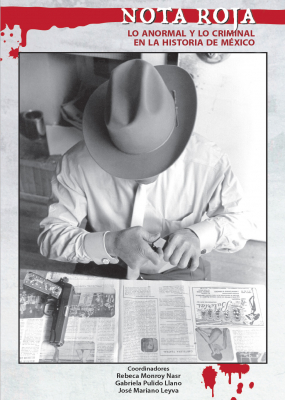 Nota roja
Nota roja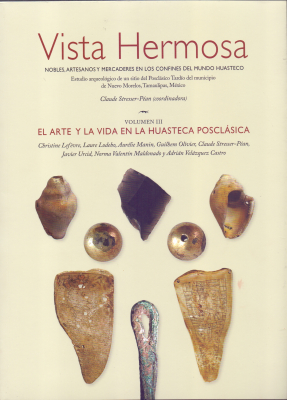 Vista Hermosa
Vista Hermosa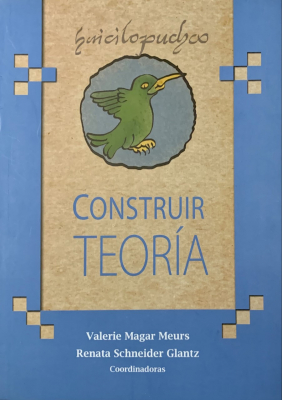 Construir teoría.
Construir teoría.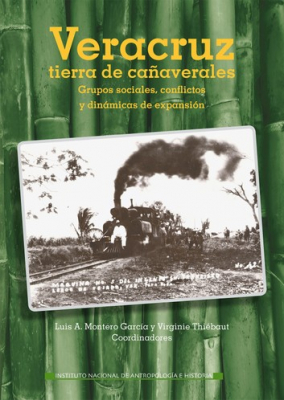 Veracruz, tierra de cañaverales
Veracruz, tierra de cañaverales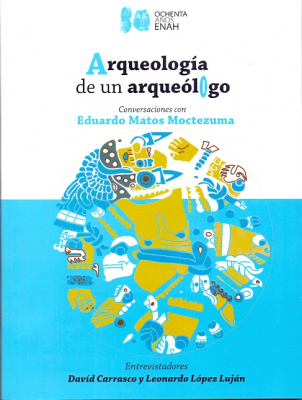 Arqueología de un arqueólogo
Arqueología de un arqueólogo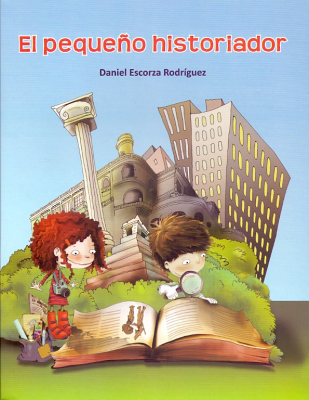 El pequeño historiador
El pequeño historiador La presencia de la orden del Carmen descalzo en la Nueva España
La presencia de la orden del Carmen descalzo en la Nueva España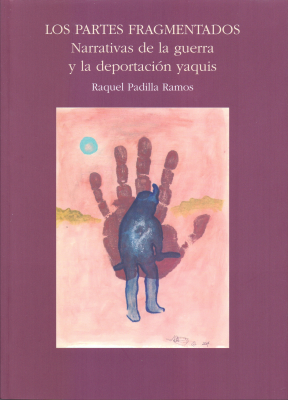 Los partes fragmentados
Los partes fragmentados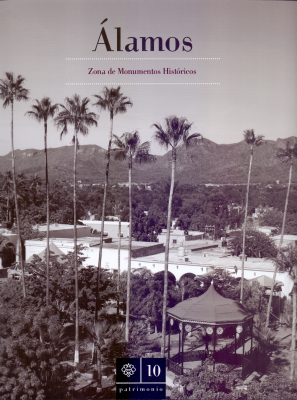 Alamos
Alamos La plaza principal, su entorno y su historia
La plaza principal, su entorno y su historia El guardián de las palabras
El guardián de las palabras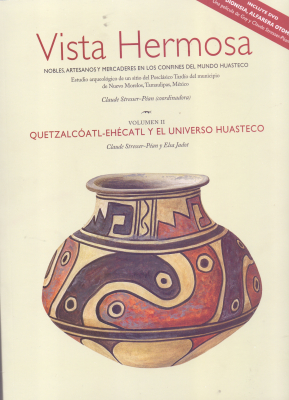 Vista Hermosa
Vista Hermosa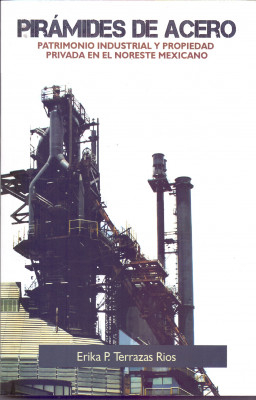 Pirámides de acero
Pirámides de acero
